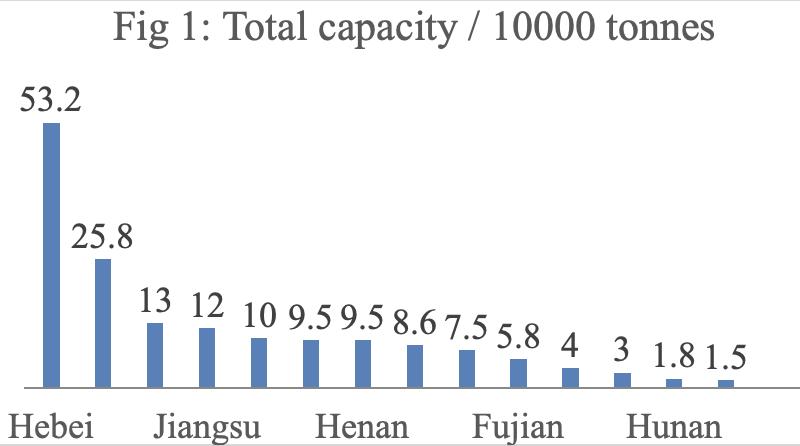March/April 2021 | Issue #2
The independent news provider for the global tissue business
CHINA A STUNNING “V” SHAPED RECOVERY Country Report
The 1.4bn population tissue market, AfH ‘back to normal’, Record performance levels, Surge in e-commerce
Plus … MarketIssues
How top companies achieve higher performance levels
The Barometer Issue Climate report on growth
Technical Theme: Chemicals
Unleash your fabric showering potential
ExitIssues
Bamboo tissue products on the rise online
ConsumerSpeak
‘Quilted, cushiony, extra touch, perfumed, sensitive, bamboo … I almost had to sit down and think about it all.’







